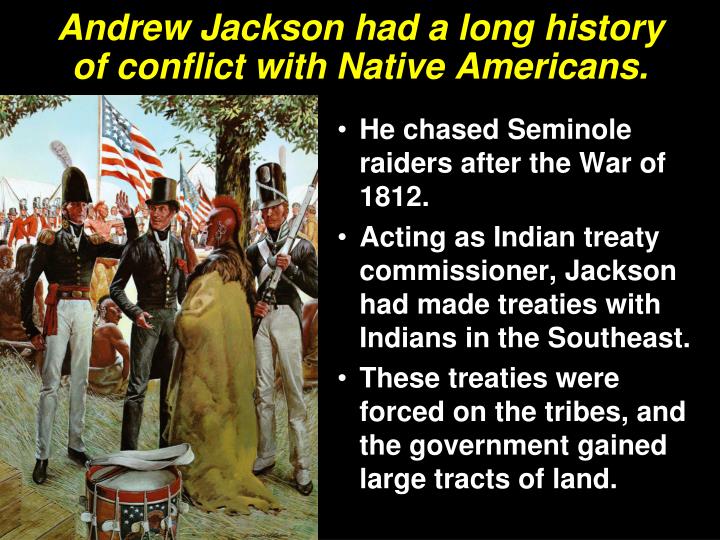
While the Miwok hid, the militiamen sought to starve them into submission by burning their food stores, souring the valley’s air with the smell of scorched acorns. When the roughly 200 men of the Mariposa Battalion marched into Yosemite, armed with rifles, they did not find the Miwok eager for battle.

He boasts of his murders and robberies, and the tortures of his victims very much in the same manner that he recounts his deeds of valor in battle. And whatever Bunnell’s fine sentiments about nature, he made his contempt for these “overgrown, vicious children” plain:Īny attempt to govern or civilize them without the power to compel obedience, will be looked upon by barbarians with derision … The savage is naturally vain, cruel and arrogant. Yosemite’s Miwok tribes, like many of California’s Native peoples, were obstructing a frenzy of extraction brought on by the Gold Rush. The Mariposa Battalion had come to Yosemite to kill Indians.

“A peculiar exalted sensation seemed to fill my whole being, and I found my eyes in tears.” Many of those who have followed in Bunnell’s footsteps over the past 170 years, walking alongside the Merced River or gazing upon the god-rock of El Capitan, have been similarly struck by the sense that they were in the presence of the divine. “None but those who have visited this most wonderful valley, can even imagine the feelings with which I looked upon the view,” he later wrote. They had been scouring the western slopes of the Sierra when they happened upon the granite valley that Native peoples had long referred to as “the place of a gaping mouth.” Lafayette Bunnell, a physician attached to the militia, found himself awestruck.

In 1851, members of a California state militia called the Mariposa Battalion became the first white men to lay eyes on Yosemite Valley.


 0 kommentar(er)
0 kommentar(er)
